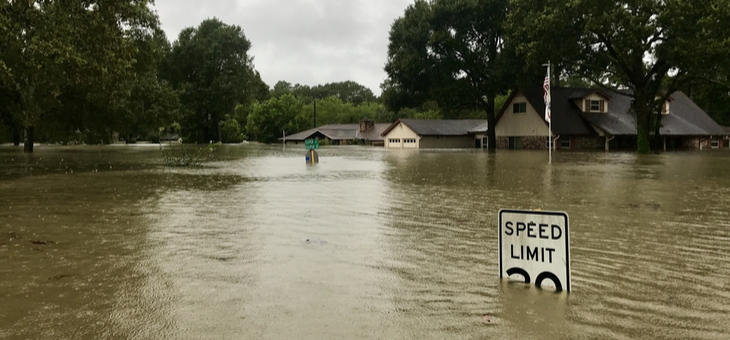Climate change was the most searched political issue over the past two weeks, according to an assessment of all Google searches relating to politics, as Australians come to grips with a new report that reveals how global warming will affect their household budgeting.
A report from the Climate Council, an independent, crowd-funded organisation, says climate change and extreme weather are projected to reduce property values by $571 billion in the next 10 years – if global greenhouse gas emissions continue on their current trajectory.
But it may well be the associated hike in home insurance costs that will have the most immediate affect on Australians living in key at-risk areas.
The report, Compound Costs: How Climate Change Is Damaging Australia’s Economy, says that one in every 19 property owners faces the prospect of insurance premiums that will be effectively unaffordable by 2030 – costing one per cent or more of the property value per year. An at-risk home with a value of $1 million in 2030 could be facing an annual insurance premium of at least $10,000.
“Some Australians will be acutely and catastrophically affected,” says report author and climate risk expert Dr Karl Mallon. “Low-lying properties near rivers and coastlines are particularly at risk, with flood risks increasing progressively and coastal inundation risks emerging as a major threat around 2050.
“Even for Australians who can afford to pay, general insurance currently does not cover damage from coastal inundation and erosion, events that are likely to become more common because of climate change.”
The report identified the 10 most vulnerable local government areas in each state and territory, and the key concern, with most at risk of flooding.
It follows that the extra money many home owners will have to spend on insurance will heap more pressure on household budgets. And older Australians with properties in at-risk areas, which may once have been prime locations, may need to revisit their retirement strategies.
Dr Mallon was highly critical of the evolution of planning laws.
“The problem affects far more homes than most people realise, because planning laws haven’t kept pace with climate change,” he said.
“We are still building, buying and selling ‘the wrong kinds of buildings in the wrong kinds of places … A lot of people are sleepwalking into [this]’.
“If the industry doesn’t step up, we’ll all pay – both as taxpayers picking up the bill for the recovery … or because of the impact on our communities and our economies.”
The report says that Australia’s greenhouse gas emissions have been rising for four years and that we are not on track to meet our weak 2030 emissions reduction target. It says: “If the world followed Australia’s approach, we would be on track for at least 3–4°C of global warming, which would have catastrophic economic consequences.”
The Climate Council recommends:
- reducing emissions to net zero by 2050 or earlier, through clear and coordinated policy leadership
- strengthening building codes to increase the thermal efficiency and energy efficiency of buildings as well as ensuring building designs are fit-for-purpose to cope with increasingly frequent and severe climate-influenced hazards
- adopting risk-appropriate national land-use planning guidelines that prevent new buildings and infrastructure being constructed in areas that are, or will be, highly exposed to climate change hazards
YourLifeChoices research found that older Australians rated climate change action as the second most important issue in the lead-up to the Federal Election. Top of the list of their concerns was an increase in the base rate of the Age Pension.
Is climate change a key concern for you? Are you worried that you have property in a vulnerable area?
Related articles:
Coalition’s plan for older voters
Greens want age pension review
Centrelink, pension in ALP’s sights

